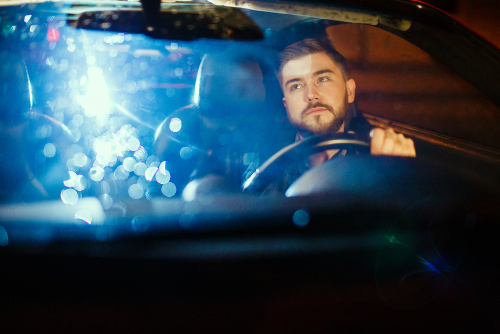There are plenty of fun things you can do in the dark, but for many people, driving isn’t one of them. Accidents while driving at night make up 40 per cent of fatal and serious injuries on Britain’s roads. The mix of poor visibility, lazy driving and tiredness, means that night time is a dangerous time to be driving.
Road User Casualties Between 7pm & 6am
| Fatal Injuries | Serious Injuries | Slight Injuries | Total Casualties | |
| Motorcyclists | 93 | 997 | 2,584 | 3,674 |
| Car Occupants | 339 | 3,080 | 29,951 | 33,370 |
| All Road Users | 668 | 6,116 | 40,589 | 47,373 |
Of course, you could always avoid driving at night – take a taxi, a train or a unicycle – but sometimes it can’t be avoided. Thankfully, our latest blog is packed full of tips designed to help get you home safely after dark.
Dim Your Internal Lighting
The ability to dim your dashboard lights isn’t there to set the mood for your passenger. It’s to help you preserve your night vision and prevent distractions. Dashboard lights can seriously compromise your night vision, in the same way a sudden light in the eyes can case after-images to appear. In a similar way, don’t look into the lights of on-coming cars. Besides the obvious risks of driving into a passing car, the lights will ruin your night vision, making it harder to see things in the dark after the oncoming car has passed.
Keep Vigilant
The human eye can see a match being lit from 50 miles away in the dark, so spotting animals within 300 yards is easy. Thanks to their advanced night vision, the retinas of cats, foxes and other nocturnal animals reflect light, making them easy to spot. If you do run across an animal while driving at night, stop as safely and as quickly as possible. Some animals, like rabbits or deer, will just move into your path if you try and swerve around them.
Take Regular Breaks
More often than not, you’re driving at night after a long day. Tiredness, as they say, kills, so make sure that you take regular breaks every two hours while driving in the dark. If possible drive with someone else who can help keep you alert or, if all else fails pull over somewhere safe and grab a snooze. Better to get home late than never arrive.



